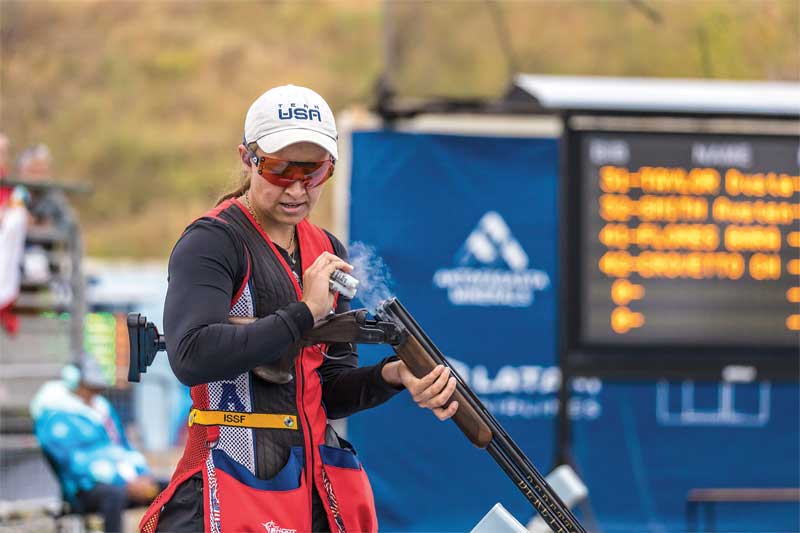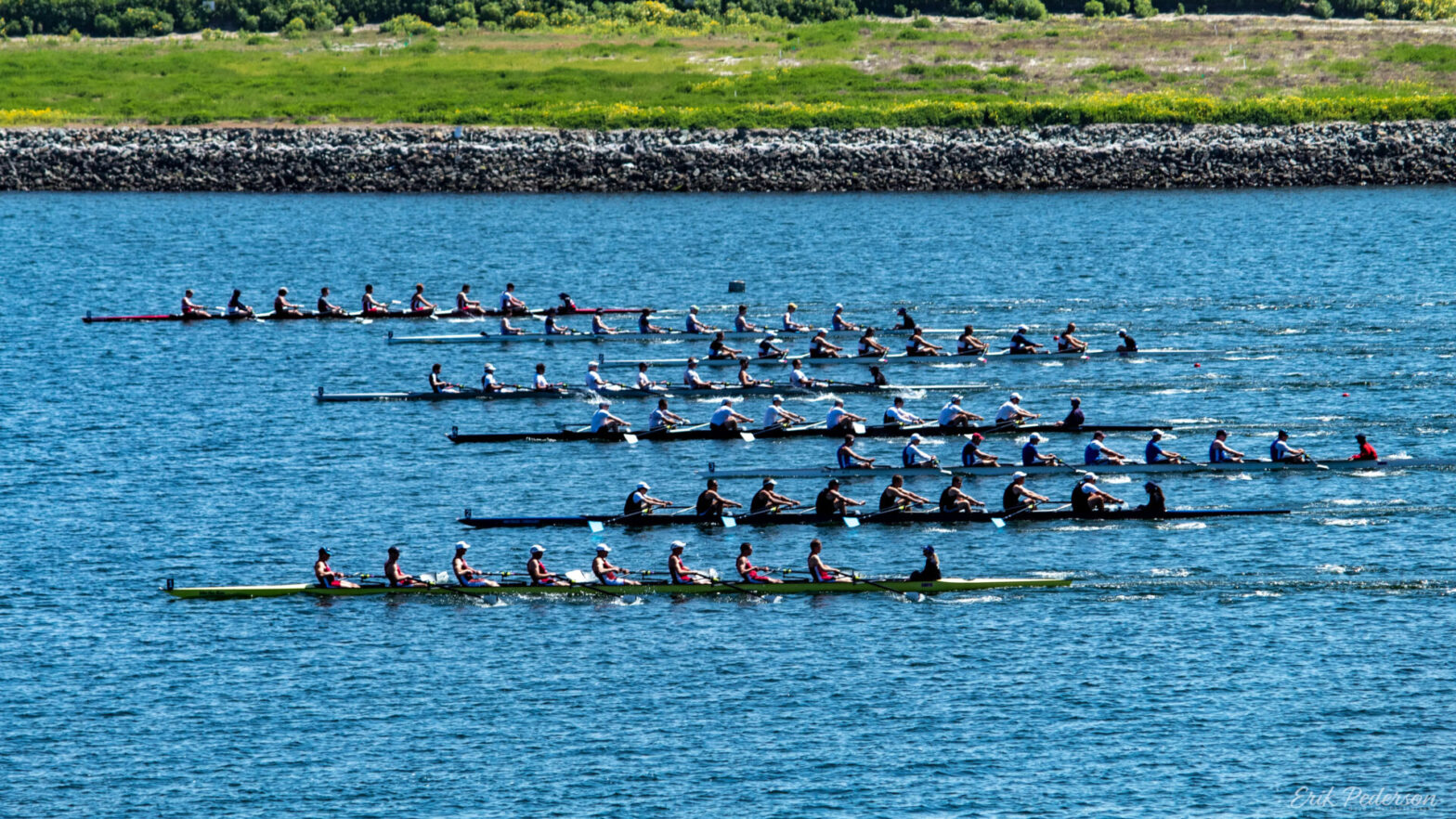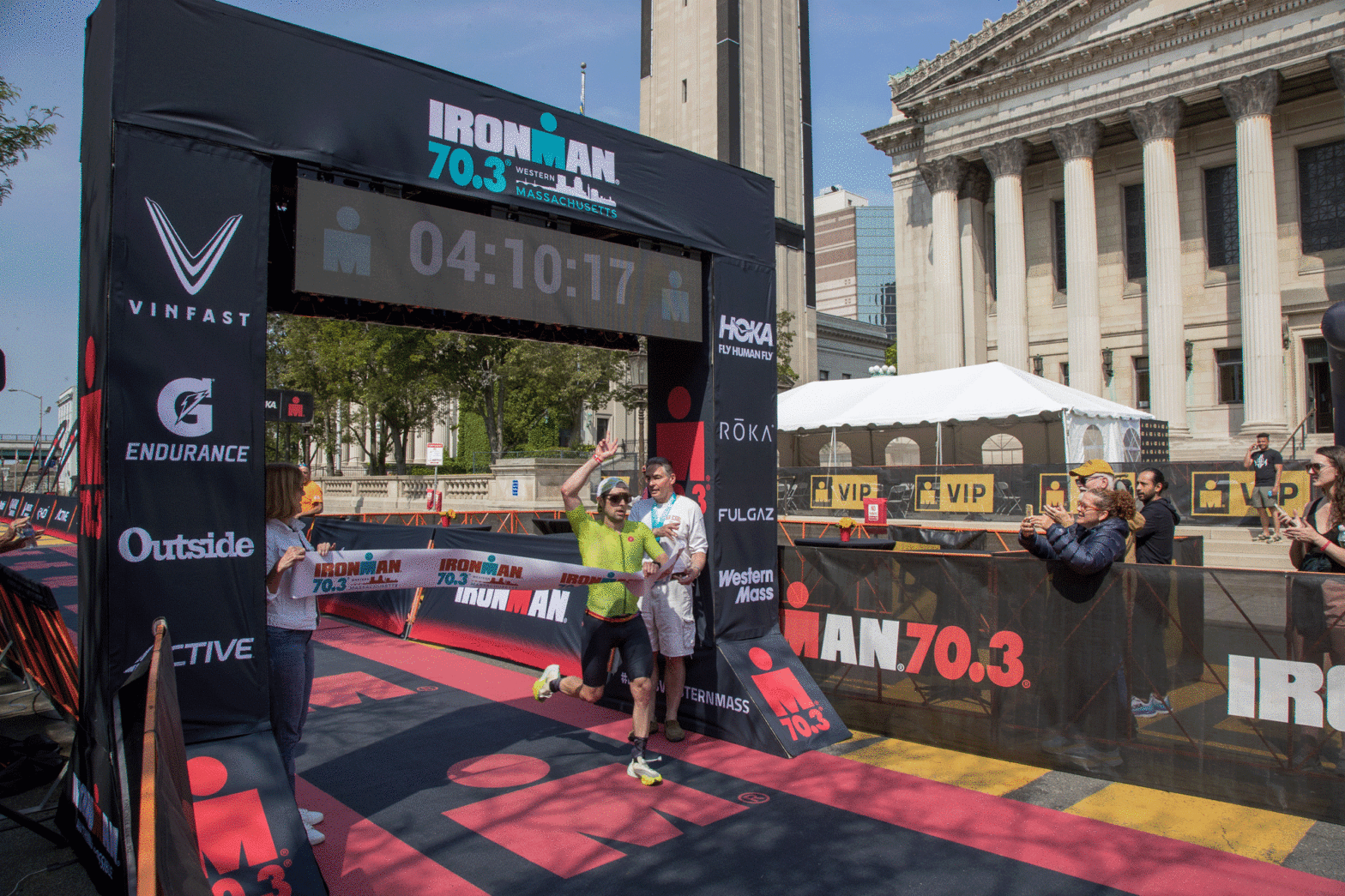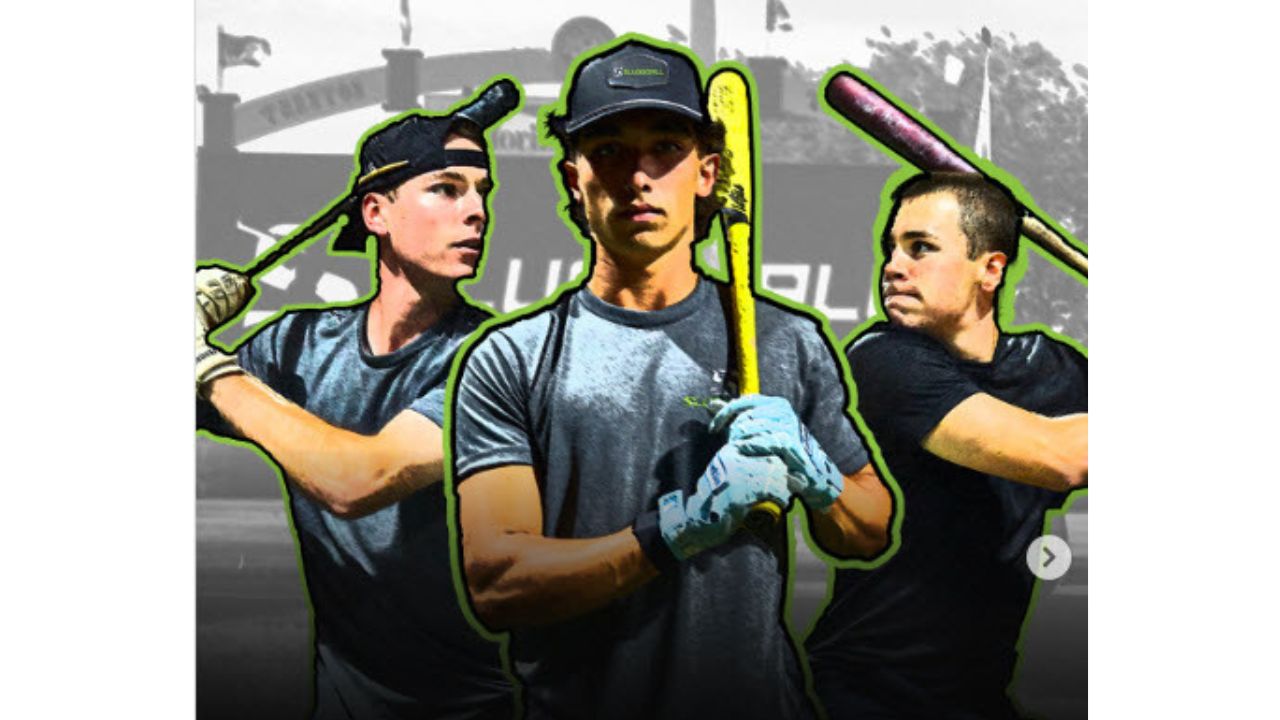
As one of the fastest-growing sports among young people, disciplines such as skeet and trap shooting are finding a whole new generation of advocates.
Need an example? Take the 2023 Minnesota Trapshooting Championships in Alexandria, Minn., last summer, which hosted more than 8,500 teens representing 240 high school teams from across the state.
That’s a huge leap from the 30 participants who made up three Minnesota high school teams during the 2007-08 school year. Since then, the sport has seen a dramatic increase in the number of schools at the high school and college levels adding it as an extra-curricular activity.
Fast forward to 2021-22, there were 49,337 participants on 1,647 high school, college, and homeschool teams, says the USA High School Clay Target League. The league’s annual impact report shows an addition of 13,815 new student-athletes participating in league activities in 2023, along with 198 new teams added.
Next year, the USA Clay Target League anticipates 53,000 student-athletes on its rolls as part of its goal to reach 100,000 registered student-athletes by
the end of 2025.
“Athletes and parents want safe, school-based, non-traditional outdoor activities in which to participate,” says league president John Nelson. “The league’s school-approved programs provide a sense of team, belonging, and camaraderie without the high costs and limited playing opportunities of traditional high school sports.”
College participation also increased in 2023 by 52 percent in the number of teams and 32 percent in the number of athletes, according to a league report.
Tracing the uptick

As for why the uptick in popularity, enthusiasts point to a couple of things. Firstly, everyone participates. There are no benchwarmers in shooting sports. Each member of the team takes a turn at the shooting stand.
Secondly, shooting sports present a level playing field. Boys and girls compete together. Students with physical disabilities can not only take part, but can be as competitive as any team member. It’s a sport in which students who may not consider themselves traditional athletes can compete—and win.
“Students are developing themselves and their teammates into respectful, responsible, young adults while developing relationships that will extend far beyond the shooting range,” says Nelson.
Adult participation

At the adult level, 6,000 members of the American Trap Association (ATA) participate in registered tournaments each year, shooting at more than 60 million targets.
More than 900 gun clubs are affiliated with the ATA. The ATA Homegrounds, located in Sparta, Ill., is also home to the Grand American World Trapshooting Championships each August, which draws nearly 4,000 competitors.
USA Shooting, the national governing body for the sport, has at least 200 people who compete in each of its competitions, says Brittany Nelson, USA Shooting communications manager.
USA Shooting hosts about eight matches each year:
- Shotgun Spring Selection match
- Rifle NationalJunior Olympic Championships
- Pistol NationalJunior Olympic Championships
- Shotgun NationalJunior Olympic Championships
- Rifle NationalChampionships
- Pistol NationalChampionships
- Shotgun NationalChampionships
- Winter Air Gun Championships
Several Team USA members medaled at the 2023 Pan American Games, held in Santiago, Chile, in October. The USA Shooting team brought home more than a dozen medals, including three-time Olympic gold medalist Vincent Hancock who won his third skeet shooting title.
The Pan Am Games are a precursor for the 2024 Paris Olympic Games. In fact, shooting sports have been present in Summer Olympics since 1896 and in Winter Olympics since 1924.
The USA Clay Target League 2023 report estimates these shooting sports to have a $1 billion economic impact through 2025. That’s based on more
than 500,000 participants averaging $2,000 each year on shooting sports-related expenditures.
Safety first

As with any sport, safety is a priority. The USA Clay Target League reports there have been no reported injuries among the 70,00 student-athletes who have shot more than 40 million times in the league. Of course, there are the basic shooting rules that apply:
- Always assume a gun is loaded
- Never point a gun at anyone
In addition, the National Sporting Clays Association (NSCA) mandates the following at its sanctioned events:
- Mandatory face and eye protection for all athletes, spectators, field judges, and trap personnel.
- No horizontal gun racks or gun cases are permitted. No rack can be used on a course in conveyance where any part of the body of a shooter or guest passes in front of a firearm’s muzzle, whether the firearm is loaded or not.
- All trap personnel in front of the line of fire must be out of sight with screen protection able to withstand the charge of shot at the given distance.
- All shooting requires the shooter (except wheelchair shooters) to engage all targets from within the stand, in the standing position. Guns must be open and empty while changing stands.
- Shooters may only load gun while in the shooting stand in ready position.
- Shooters must have permission of a field judge to test fire any gun.
- The shooter must fire with his/her gun shouldered for all targets.
- When a shooter is in the process of shooting, no one other than the referee/trapper is allowed within three feet of the shooter.
The National Skeet Shooting Association (NSSA) recommends placing red safety signs on the property as a reminder to wear eye and ear protection at all times. The NSSA offers a free safety course for participants.
The USA Clay Target League offers a Student Athlete Firearm Education (SAFE) certification to help keep the sport safe for all involved. All student athletes participating in a state high school clay target league are required to complete and submit certificates for either one of two league-approved firearm safety certification programs—a state-approved hunter education certificate or the league’s SAFE certificate.
Aiming to host?

For a venue that wants to host a shooting event, the NSCA requires an area that’s a minimum of 50 yards wide and a minimum of 300 yards deep left and right of the center of the shooting stand line, creating an 80-degree arc for safe shot fall.
Basic equipment required includes:
- Six or eight automatic traps
- A rabbit trap and vertical trap
- Five shooting stands at least seven-feet tall and no more than 54 inches across the front opening
- One tower, at least 12 feet tall
- A NSCA-approved controller
- Safety rules signs
- Shooting stand numbers
- Trap location numbers
- Target sequence menu cards
As the USA Olympic team prepares for 2024 Olympic Games in Paris, thousands of high school students train on club fields for their shot at a championship. Organizers say it’s a way to preserve the sport, as well as develop future hunters and outdoor enthusiasts.









